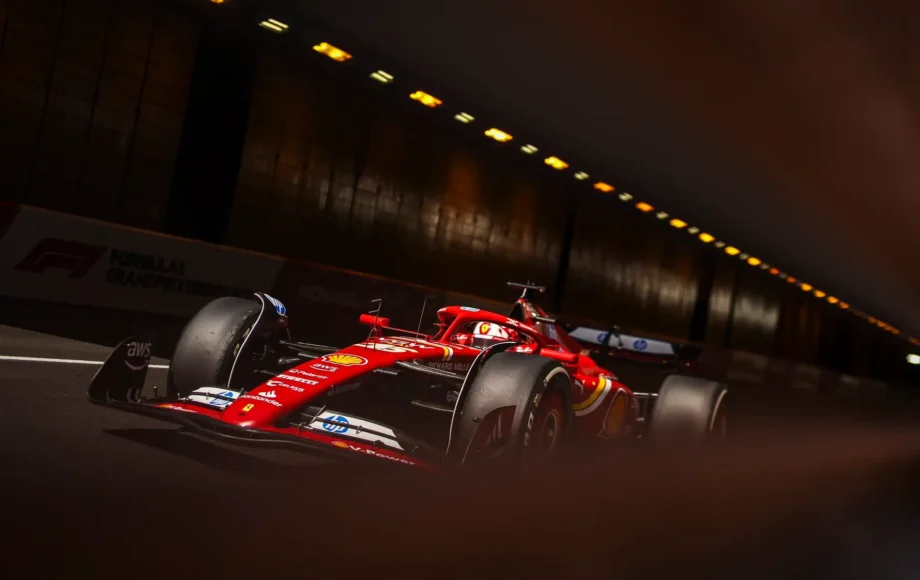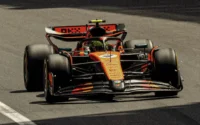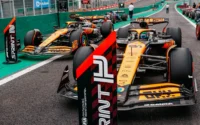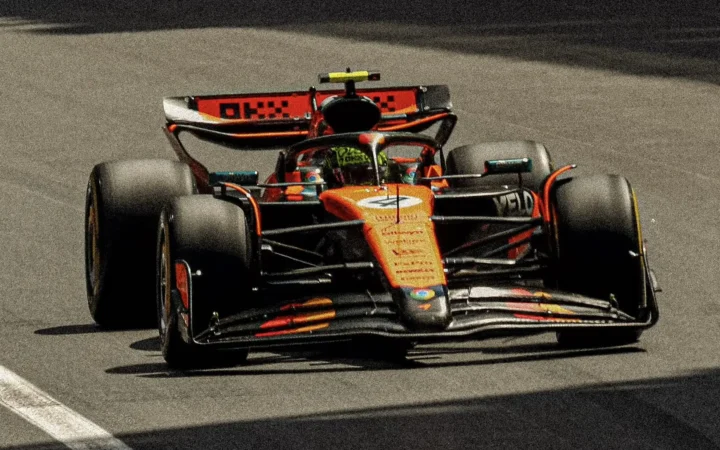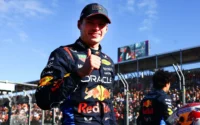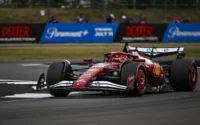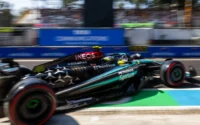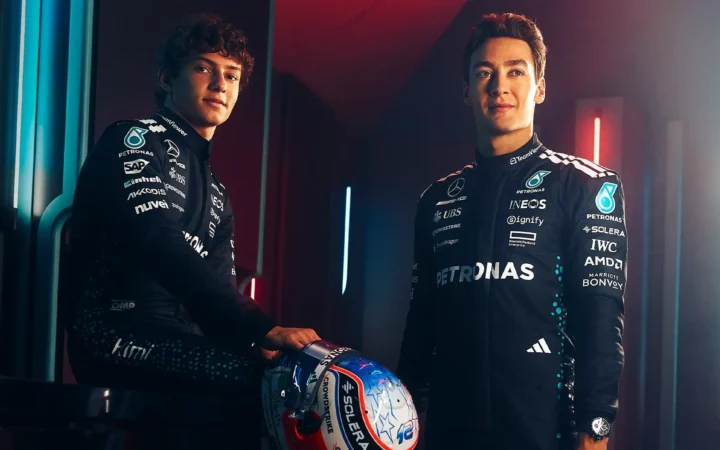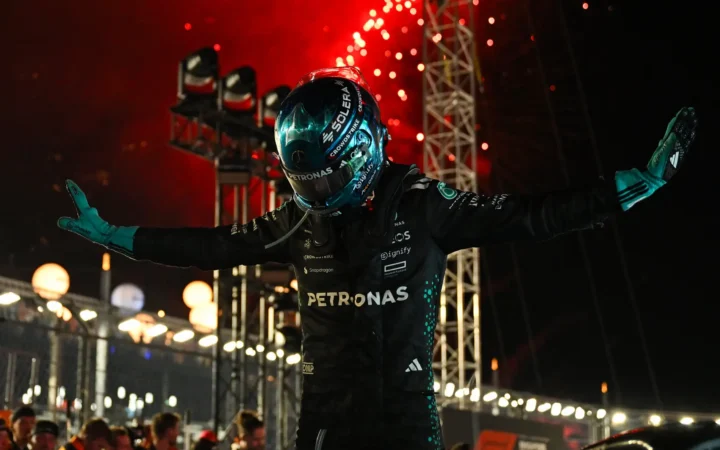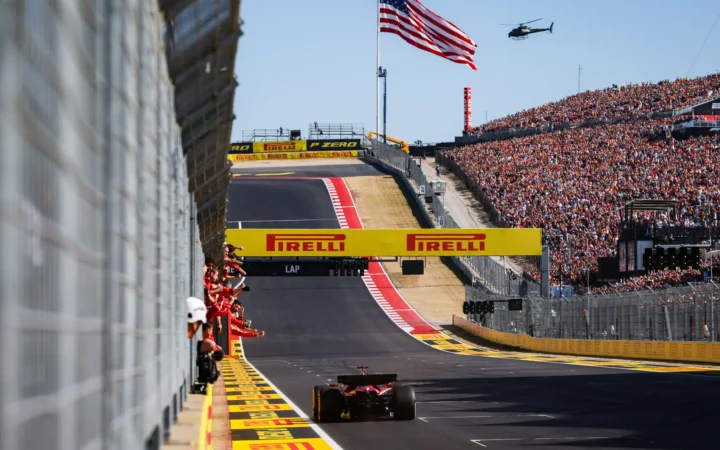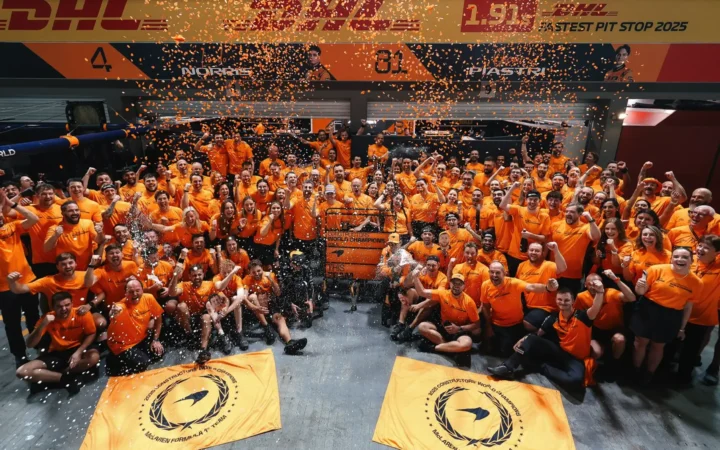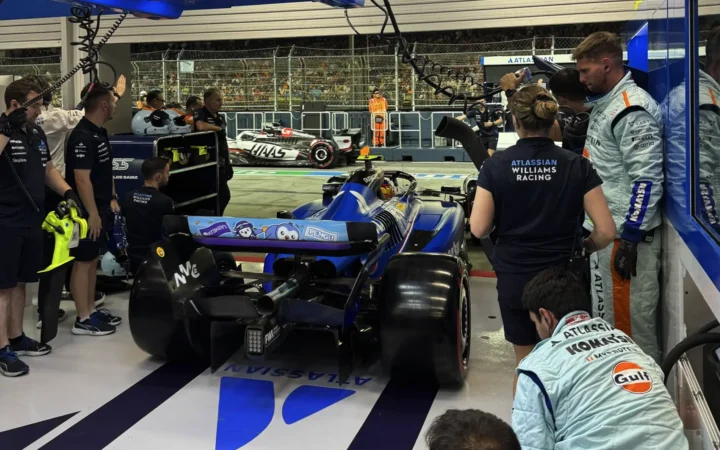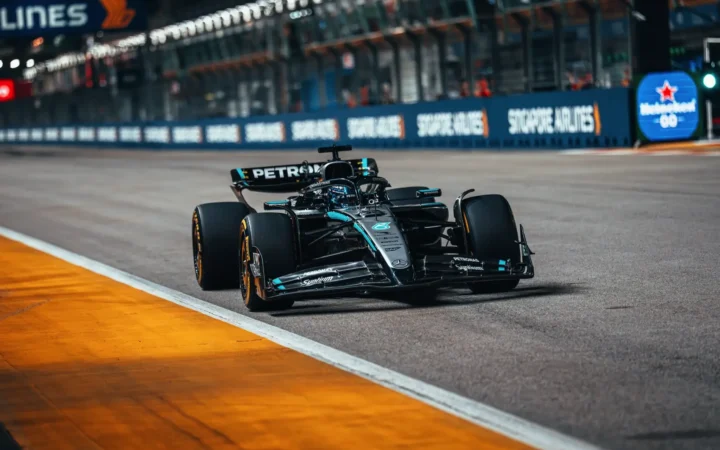For decades, the Monaco Grand Prix has dazzled with its glamour off the track, but has, for the majority of races, been dulled by the on-track action, when there are few accidents or without wet weather running. In 2025, Formula 1’s crown jewel is getting a strategic shake-up with the FIA mandating a two-stop race that hopes to bring a more entertaining race into what has become a Sunday processional parade. Overtaking may still be rare, but with teams forced to rethink tyre stints, the streets of Monte Carlo might finally deliver more than just spectacle.
What To Know:
- Monaco GP 2025 introduces a mandatory two-stop rule to boost race excitement and break the long-standing trend of processional, one-stop strategies.
- Drivers must use three sets of tyres, regardless of weather conditions—forcing teams to rethink race tactics and increasing the chances of unpredictable outcomes.
- The rule aims to inject drama through strategy, and if successful, it could serve as a blueprint for other overtaking-challenged circuits on the F1 calendar.
Formula One History Recommends
Why Change the Monaco GP?
Monaco has long been the most glamorous, historic, and visually stunning race on the Formula 1 calendar—but also one of the most frustrating. Once the grid order is set on Saturday during qualifying, the Sunday race often turns into a high-speed procession. Track position reigns supreme. Overtaking is nearly impossible, and tyre management is a game of waiting.
In the 2025 F1 season, the FIA has finally pulled the trigger on a rule change that many pundits have lauded in recent years, with a bold, Monaco-only regulation that aims to shake things up without figuring out how to alter the physical streets of Monte Carlo. Starting in 2025, all drivers will be required to make two pit stops during the race, no matter the conditions.
The Rule Breakdown
While there are no changes to the rules of qualifying, here’s what’s changing under the new 2025 Monaco Grand Prix race rules:
- Two mandatory pit stops per driver
- At least three different tyre sets must be used
- In dry races: Two different dry-weather compounds must still be used
- In wet or mixed conditions: Three tyre sets must still be used, regardless of compound
- Applies only to Monaco 2025—this is not a season-wide regulation
The aim? To break the one-stop predictability that has made recent Monaco races processional and—to many fans—painfully dull.
Strategy Becomes the Star
Strategy could finally steal the spotlight in a track where overtaking is nearly extinct.
This new rule introduces variables that Monaco hasn’t seen in years. Teams will now need to rethink how they approach tyre life, pit timing, and track position:
- Should you pit early twice and defend till the end?
- Or go long in the middle stint to force rivals into traffic?
- Could Safety Cars or Red Flags scramble plans entirely?
In a city where the streets are tight and margins are tighter, even a second lost in the pits could be catastrophic. But for the sharpest strategists and bravest teams, it might just be the opportunity they’ve been waiting for.
What the Paddock Thinks
The F1 world has been vocal—and mostly supportive.
Charles Leclerc, a Monaco native and the 2024 race winner:
“I love qualifying here. It’s the purest test of precision. But the race? Not always. Adding a second stop might help mix things up—at least give the fans something more to talk about.”
Lewis Hamilton, now racing for Ferrari:
“One stop just kills the racing. I’ve been saying we need two stops for years. I’m glad they listened.”
But not everyone is convinced.
Andrea Stella (McLaren Team Principal):
“It works in theory. But if it rains or there’s an early Safety Car, the pit lane could become a nightmare.”
Fred Vasseur (Ferrari Team Principal):
“Space is tight. If half the grid pits at once, we’ll have chaos.”
The concerns are valid—Monaco’s pit lane is notoriously cramped. A double pit-stop requirement increases the chances of traffic, stacked stops, and mechanical mishaps. But that unpredictability might be exactly what Monaco needs.
The Bigger Picture: Could This Be F1’s Blueprint?
While this is currently a one-off regulation, the FIA will be watching closely.
If the two-stop mandate succeeds in making Monaco more exciting without undermining its character, it could inspire similar changes at other tracks where overtaking is notoriously tough—Hungary, Imola, and even Singapore come to mind.
What to Watch in 2025
Here’s what fans and analysts will be watching for in this year’s 2025 Monaco Grand Prix:
- Aggressive undercuts: Will mid-pack teams gamble early for track position?
- Stacking risk: Will teammates suffer from double-stopping chaos?
- Safety Car timing: Could an ill-timed caution hand the race to someone unexpected?
- Late-lap drama: Will soft-tyre finishers charge hard in the closing stages?
In the past, the Monaco Grand Prix was all about holding your nerve and track position. In 2025, it might just be about timing your attack—and surviving the chess match in the pit lane.
Final Thoughts: Monaco, Reimagined
The Monaco Grand Prix has always been a spectacle, but rarely a thriller, although there have been some fantastic races. With this new two-stop rule, the 2025 edition could be the most strategically charged in decades. It’s not a guaranteed fix, but it’s a meaningful step toward making this historic race as exciting on Sunday as it is on Saturday.
If the FIA’s gamble pays off, Monaco could go from a sleepy procession to a must-watch masterclass in tactical racing.
Seen in:

